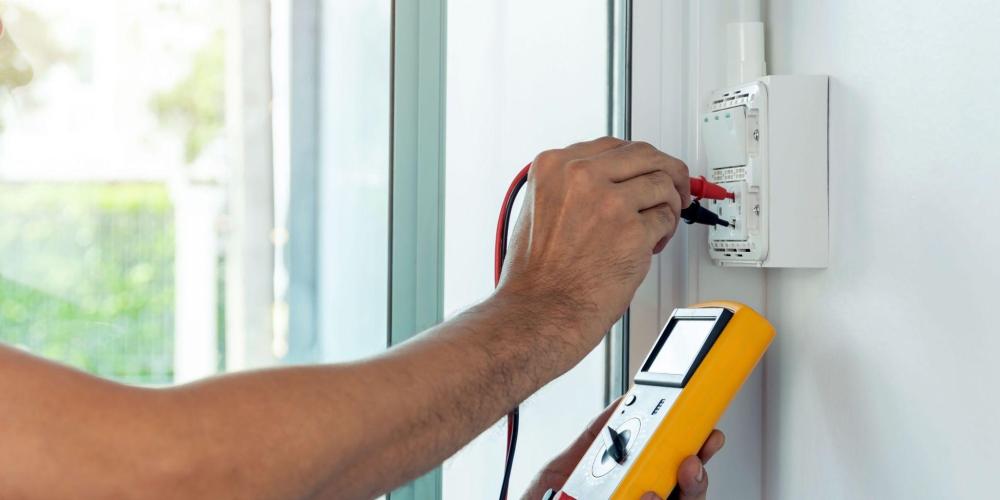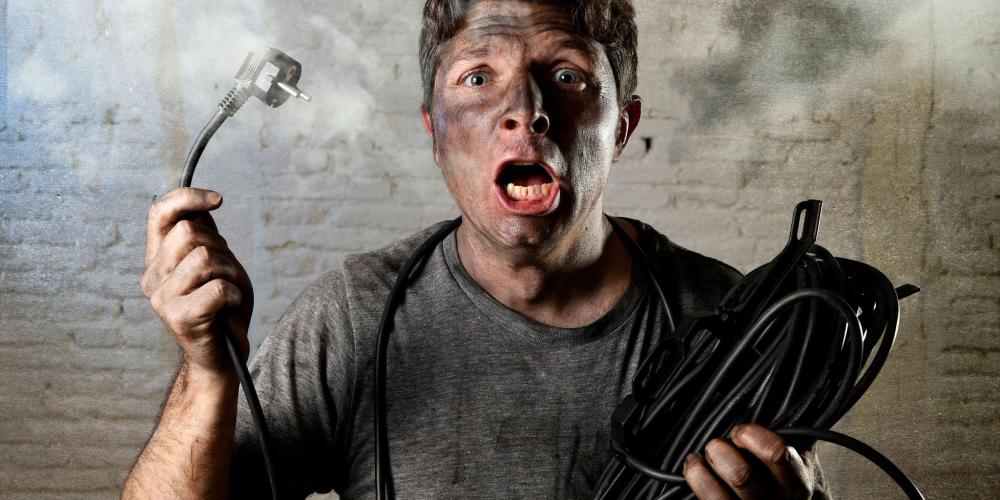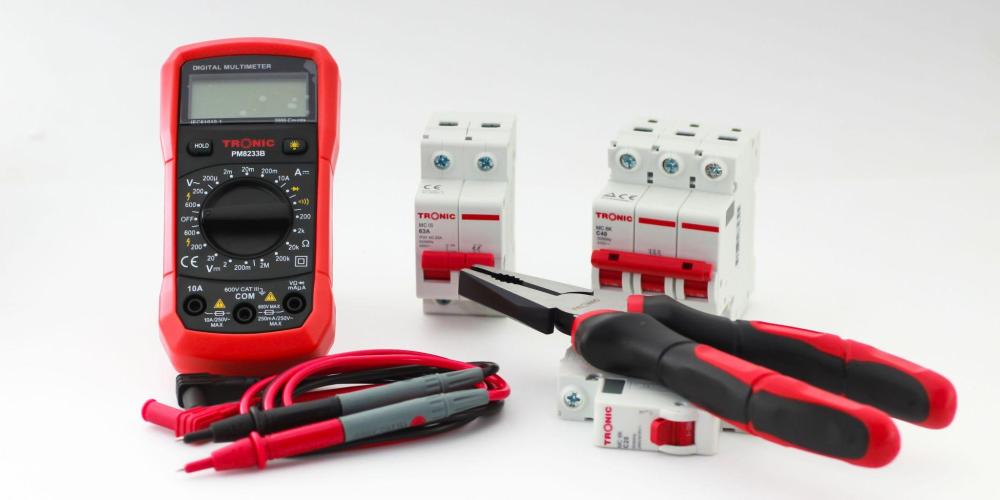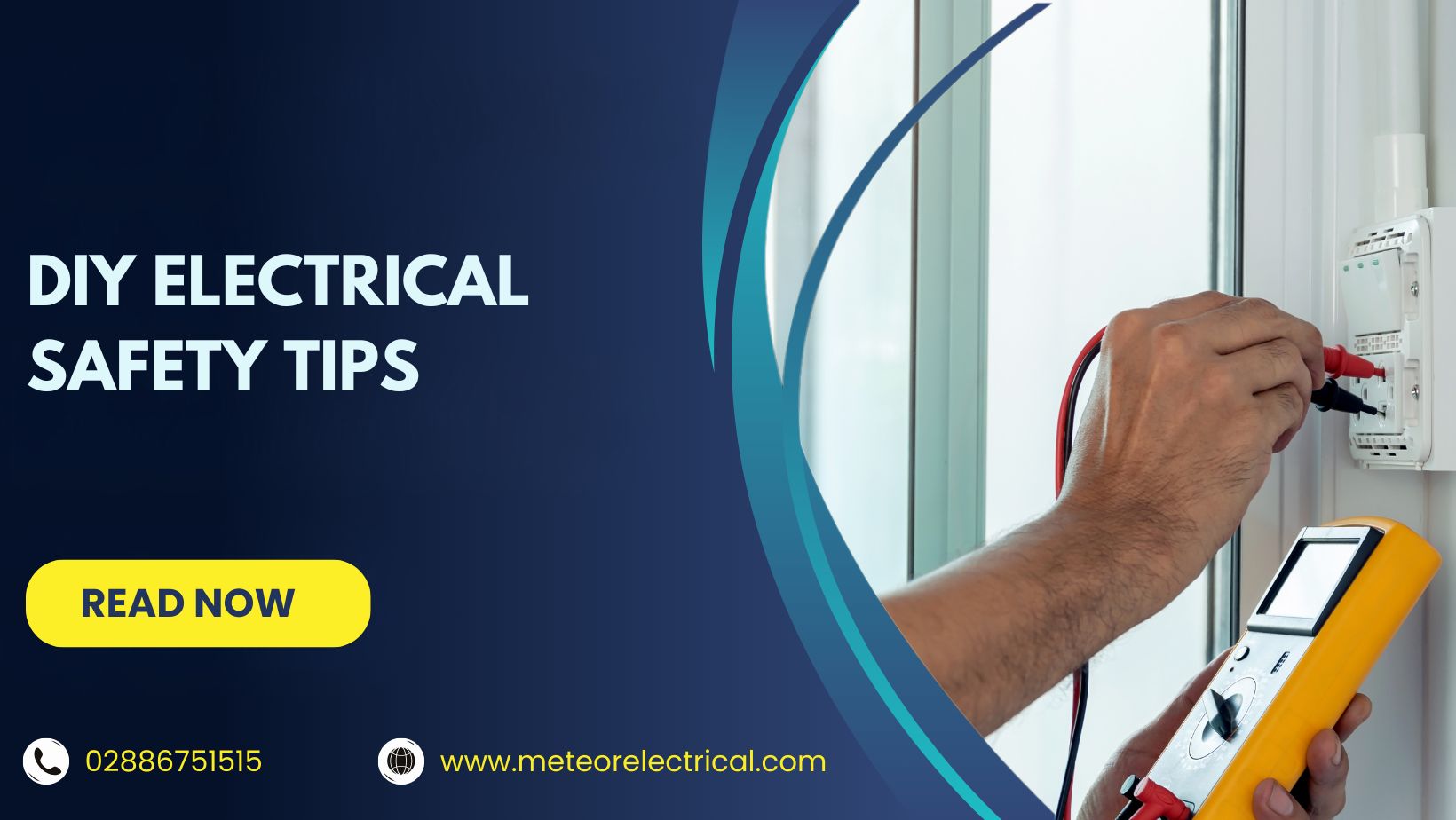DIY Electrical Safety: What Every Homeowner Needs to Know
DIY Electrical Safety: What Every Homeowner Needs to Know

DIY projects have exploded in popularity thanks to online tutorials on YouTube and Google, but what many homeowners do not realise is that poor DIY electrical work is responsible for nearly 50% of electric shocks in the UK (source). The most common hazards? Cutting through power leads, drilling into live wires, and attempting repairs on live appliances.
While saving money is appealing, tackling electrical tasks without training can quickly turn dangerous. In fact, the UK sees thousands of avoidable injuries annually from DIY mistakes. This guide shares crucial safety tips to help reduce the risk—because when it comes to electricity, one wrong move can have serious consequences.
Credit: The DIY Guy
Common DIY Electrical Fails

Many people assume “it won’t happen to me”—until it does. The most frequent DIY electrical mistakes include:
- Cutting through live power leads
- Drilling into hidden electrical wiring
- Attempting to fix appliances that are still plugged in
If you are not trained or confident, your best option is to call a qualified electrician. They are trained to handle risks you might not even be aware of.
DIY Electrical Safety Tips

If you still plan to take on DIY projects, here are some essential safety tips:
- Locate hidden wires: Use a cable detector before drilling or screwing into walls to avoid hitting live cables. It is a small investment that can prevent major injuries.
- Turn off the power: Before starting any electrical task, turn off the circuit at your fuse box. Double-check by plugging in an appliance or turning on a light to ensure there is no power.
- Use battery-powered tools: Reduce the risk by opting for cordless tools whenever possible.
- Check your power tools: Before use, inspect tools carefully—especially the plug and cord. Replace or repair anything that shows signs of damage or fraying.
- Use an RCD (Residual Current Device): These devices automatically cut off electricity if a fault occurs. If your fuse box does not have one built-in, use a plug-in RCD adaptor to protect yourself.
Conclusion
DIY projects can be rewarding, but when it comes to electrical tasks, safety should always come first. Do not let a quick fix turn into a trip to the emergency room. If in doubt, call a professional. With the right tools and precautions—like using a cable detector, checking your tools, and fitting an RCD—you can tackle your home improvement goals more safely.
Stay safe and informed with Meteor Electrical, your trusted resource for electrical safety and tools that meet UK standards.
FAQs
1. What is the biggest electrical risk in DIY projects?
Drilling into hidden wires or cutting through live cables is one of the most common and dangerous mistakes.
2. How do I know if my fuse box has an RCD?
Look for a test button labeled "RCD" in your fuse box. If not present, consider using a plug-in RCD adaptor.
3. Can I do electrical repairs at home without certification?
Minor tasks like changing lightbulbs are fine, but complex repairs should always be done by a qualified electrician.
4. Are battery-powered tools safer than plug-in tools?
Yes. They reduce the risk of electric shock, especially when power is off at the main fuse box.
5. Why is a cable detector important?
It helps you avoid drilling into live wires hidden behind walls, preventing electric shocks or fires.

